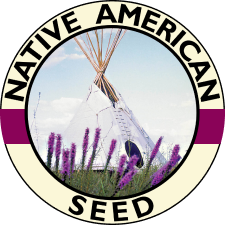This mix contains a large diversity of cool and warm season natives. We first developed this native seed mixture to meet the recovery needs of lands impacted by 2011 wildfires in the Bastrop Lost Pines, and in the Oakwoods Prairie, Pineywoods, and Gulf Coast Prairie eco-regions.
Species include wildflowers and prairie grasses known to thrive in sandy, neutral to slightly acid soils east of IH-35. Re-seeding may be important for quicker soil stabilization on highly erodible, steep slopes.
Give new life to your patch of earth and help return your ecosystem to a healthy, functioning condition.
- SAND DROPSEED
- GREEN SPRANGLETOP
- TALL GOLDENROD
- BLACK-EYED SUSAN
- SAND LOVEGRASS
- TALL DROPSEED
- PLAINS BRISTLEGRASS
- CLASPING CONEFLOWER
- PLAINS COREOPSIS
- PURPLE PRAIRIE CLOVER
- LITTLE BLUESTEM
- BROOMSEDGE BLUESTEM
- WHITE PRAIRIE CLOVER
- INDIAN BLANKET
- SIDEOATS GRAMA
- LITTLE BLUESTEM - PINEYWOODS
- VIRGINIA WILDRYE
- INDIANGRASS
- BIG BLUESTEM
- HOODED WINDMILL GRASS
- LEMON MINT
- RED LOVEGRASS
- MARSH ELDER
- ILLINOIS BUNDLEFLOWER
- AMERICAN BASKETFLOWER
- PRAIRIE WILDRYE
- RATTLESNAKE MASTER
- FLORIDA PASPALUM
- COMMON SUNFLOWER
- MAXIMILIAN SUNFLOWER
- SWITCHGRASS
- PARTRIDGE PEA
- GAYFEATHER
- CANE BLUESTEM
- TEXAS BLUEBONNET
- COWPEN DAISY
- WOOLLY CROTON
- CUTLEAF DAISY
- PRAIRIE VERBENA
- TEXAS CUPGRASS
- TEXAS YELLOW STAR






















